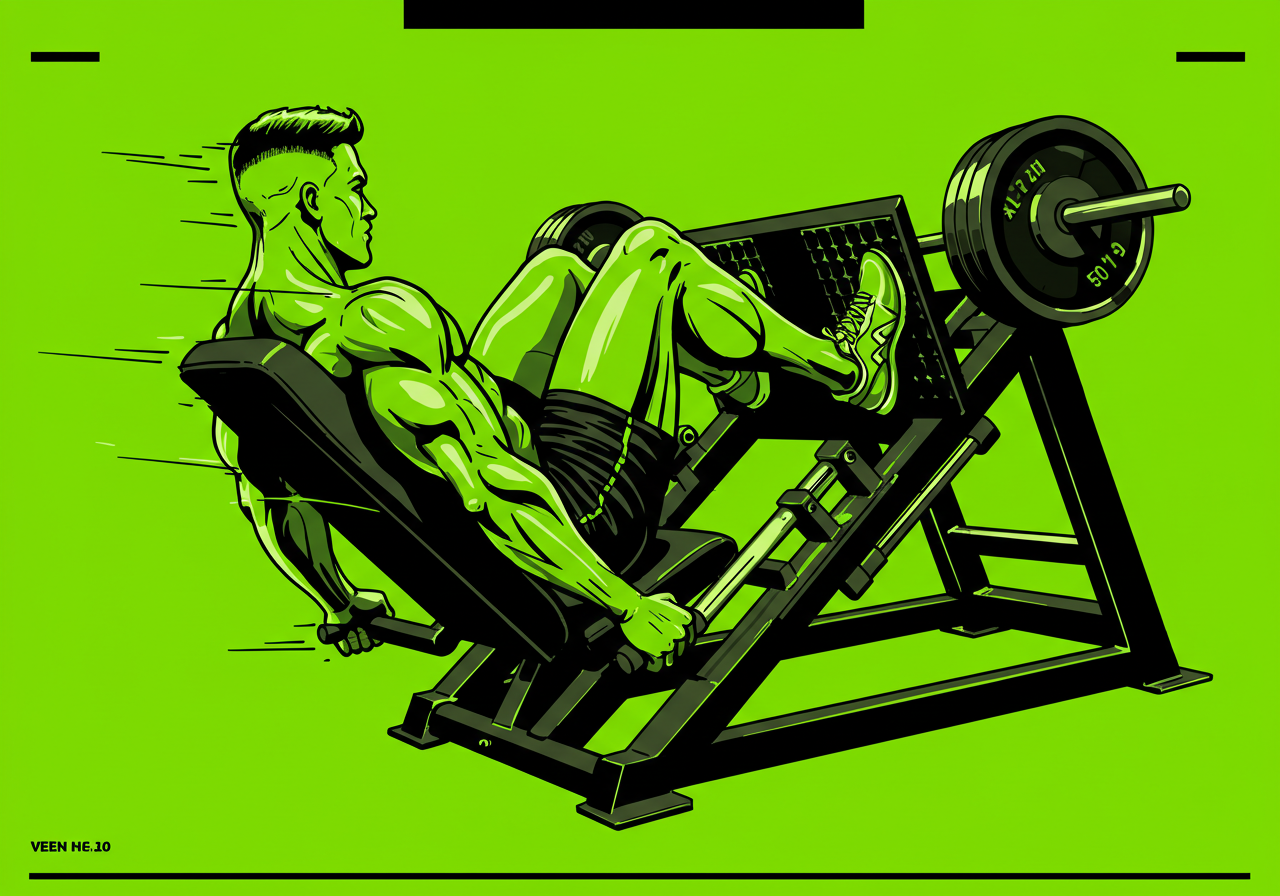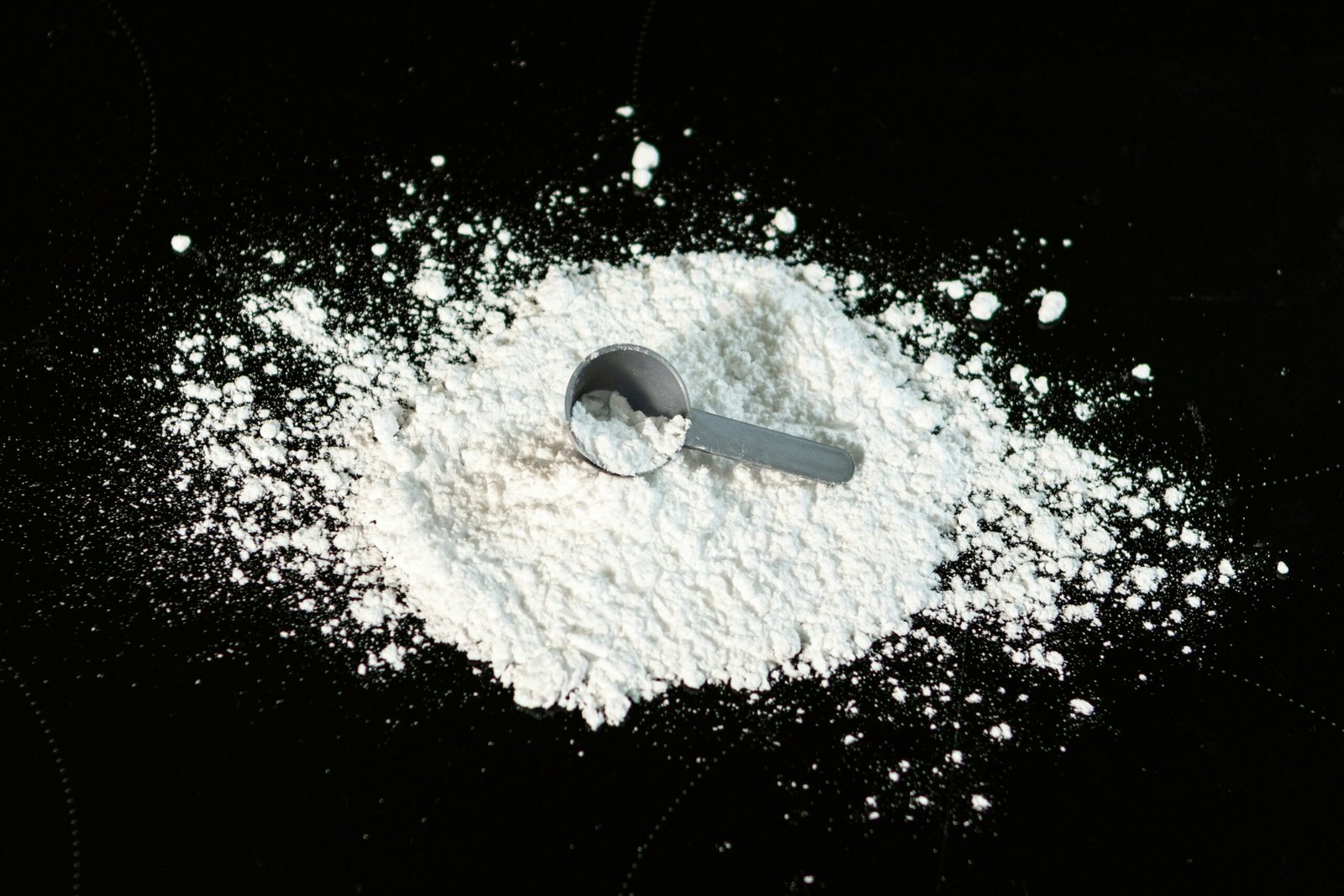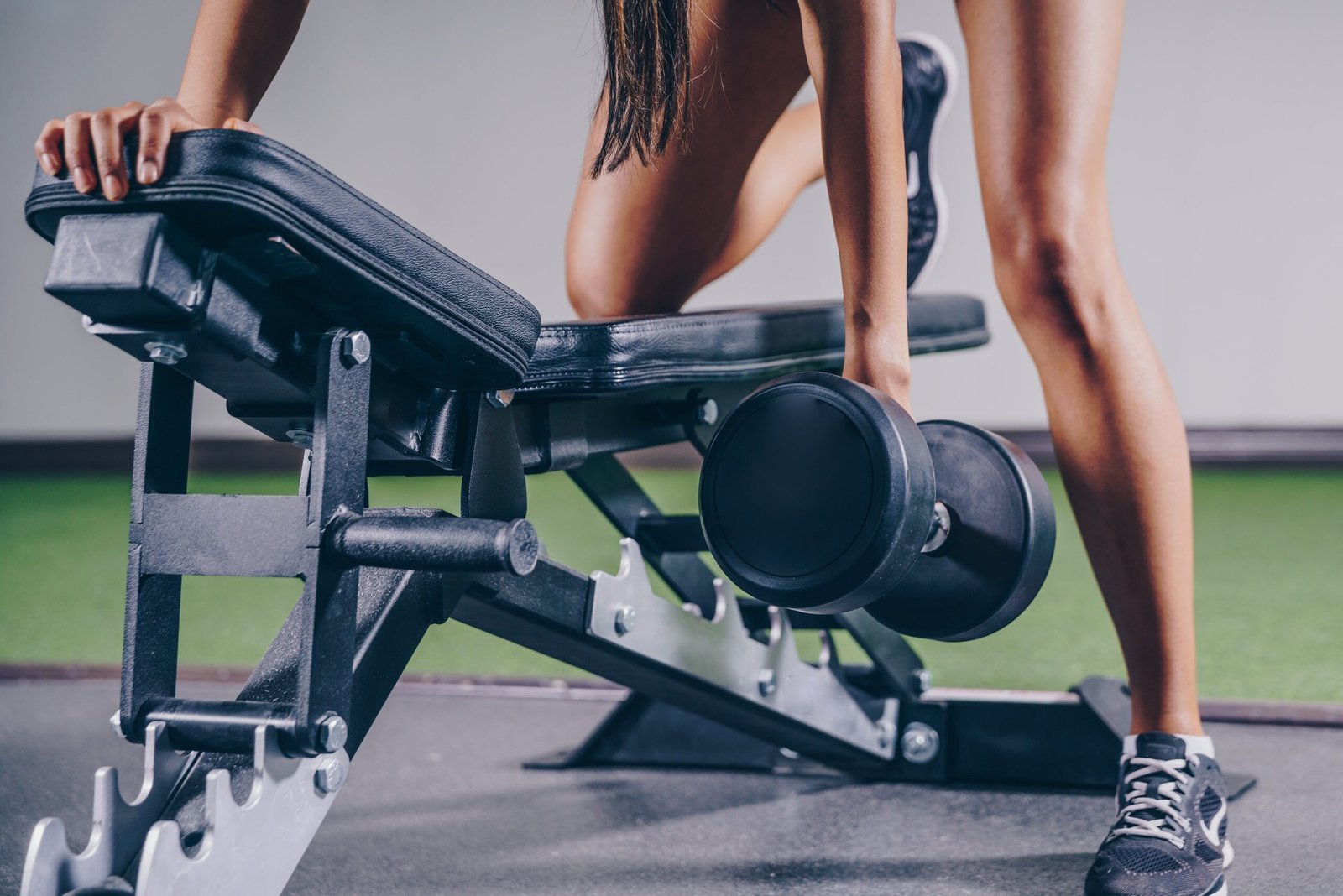Leg Press Machine: How to Target Every Leg Muscle Effectively
Understanding the Leg Press Machine The leg press machine is a key fixture in many gyms, designed specifically to target the lower body muscles, including the quadriceps, hamstrings, adductors, and outer sweep. This equipment allows individuals to perform leg presses in a controlled manner, minimizing the risk of injury often associated with free weight exercises. Users position their feet on a footplate, pushing against the weight, which effectively simulates the squatting movement. To ensure maximum effectiveness and safety while using the leg press machine, proper setup is essential. You should begin by adjusting the seat and backrest to align your body optimally with the machine. A correctly adjusted seat ensures that when pushed, the knees do not extend past the toes, which can help to mitigate strain on the joints. Additionally, the footplate should be positioned at a comfortable height to facilitate a full range of motion during the exercise. There are various types of leg press machines available, primarily categorized into horizontal and angled leg presses. Horizontal leg presses position the user at a flat angle, while angled leg presses involve a slight incline. Features such as adjustable weight stacks, resistance levels, and customizable footplate sizes further enhance the adaptability of the leg press, making it suitable for all muscles of the lower body. Targeting the Quadriceps The quadriceps muscles, commonly referred to as the quads, are a group of four muscles located at the front of the thigh. These muscles play a crucial role in various movements, particularly in activities that involve knee extension, such as leg presses. To target the quads when performing leg press, the angle of the backrest should be adjusted. A steeper angle tends to shift the focus away from the quads and towards the glutes and hamstrings. Conversely, a more upright position encourages greater quads activation. Additionally, the positioning of the feet plays a significant role; placing the feet lower on the leg press machine can enhance the activation of the quads while allowing the knees to travel forward during the pressing motion. Foot placement is often overlooked but is essential for muscle engagement. For maximum quad targeting, it is advisable to position the feet about shoulder-width apart and pressed lower on the platform compared to a traditional stance that emphasizes the entire lower body. This variation in foot positioning encourages a greater range of motion at the knee joint, which in turn leads to improved strength and muscle growth in the quads. Incorporating variations of the leg press, such as single-leg presses or using a narrow foot stance, can also further emphasize quadriceps engagement. Each of these adaptations not only fosters muscle growth in the quads but also contributes to overall lower body strength and stability. Focusing on the Outer Sweep of the Quads The vastus lateralis, commonly referred to as the outer quad sweep, plays a crucial role in achieving a sculpted and well-defined leg appearance. This muscle contributes significantly to the overall aesthetics of the quadriceps, and targeting it effectively during leg press workouts can enhance your leg development. For optimal activation of the outer sweep, positioning your feet higher on the leg press platform is recommended. This adjustment shifts the focus away from the inner quads and directs it toward the outer quadriceps. Additionally, a narrow foot stance can further isolate the outer thighs, providing an effective means of sculpting this muscle group. As you perform the leg press, ensure that your knees track in line with your toes to minimize the risk of injury and maintain proper form. When selecting the appropriate weight and repetitions, begin by choosing a moderate load that allows for 8 to 12 repetitions. This range is ideal for focusing on hypertrophy, effectively targeting the outer sweep during each repetition. As you gain strength, progressively increase the weight while adhering to the repetition scheme to continue challenging the outer sweep. Common mistakes during leg press workouts include placing your feet too low on the platform, which can shift emphasis away from the outer quads and increase strain on the knees. Additionally, avoid excessive weight to prevent compromising form. Engaging the Adductors The adductor muscles, which are situated on the inner thighs, play a significant role in lower body movements. To effectively engage the adductors on a leg press, place your feet with a wider stance on the footplate for a more targeted activation of the inner thigh muscles. When setting up for the leg press, leverage your foot’s alignment to create an optimal angle for adductor activation. Positioning your feet at a slight outward angle can further facilitate the engagement of the adductors. This positioning allows for a more effective push against the weight, targeting the inner thigh muscles during the pressing motion. It is also beneficial to incorporate specific variations of the leg press that emphasize adductor engagement. For example, performing the single-leg press can isolate one adductor muscle at a time, progressively increasing strength. Another effective technique includes performing leg presses with a resistance band around the thighs, which can create additional tension in the adductor area throughout the movement. Targeting the Hamstrings & Quads The hamstrings and glutes are key muscles in your lower body, responsible for hip extension, knee flexion, and overall leg strength. To effectively target these muscles, place your feet higher on the platform and slightly wider than shoulder-width. This positioning reduces quad activation and increases the stretch and engagement in the hamstrings and glutes. Keep your toes pointed slightly outward to allow a natural range of motion. When pressing the weight, focus on pushing through your heels, not your toes, to maximize posterior chain activation. Lower the platform until your knees form a 90-degree angle or slightly deeper, then press back up in a controlled motion. Avoid locking your knees at the top of the movement, and keep a slow, controlled pace to maximize muscle engagement. By adjusting your foot placement and technique in this way, you can effectively strengthen your hamstrings and glutes Overall, by
Leg Press Machine: How to Target Every Leg Muscle Effectively Read Post »





